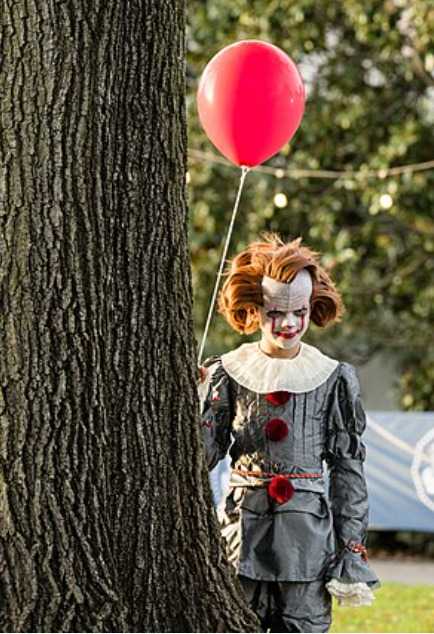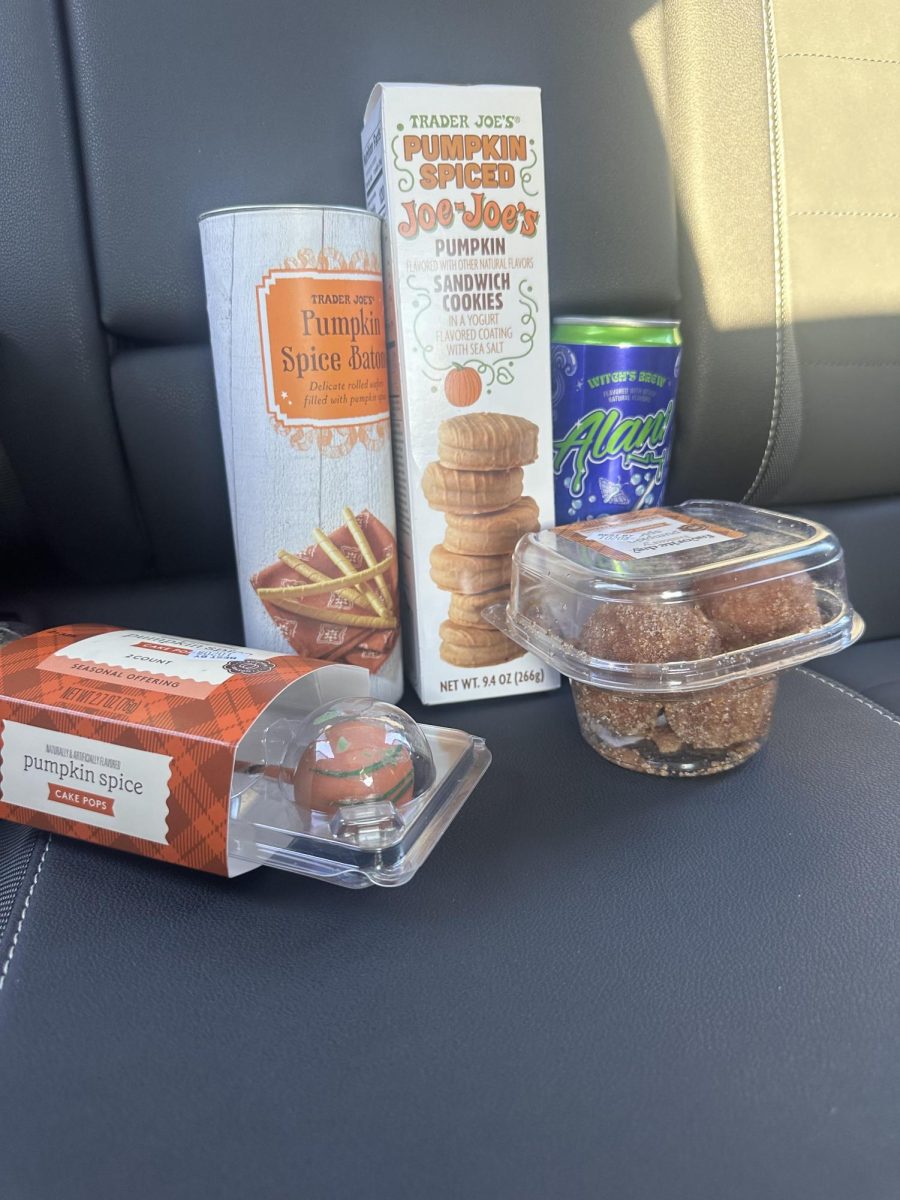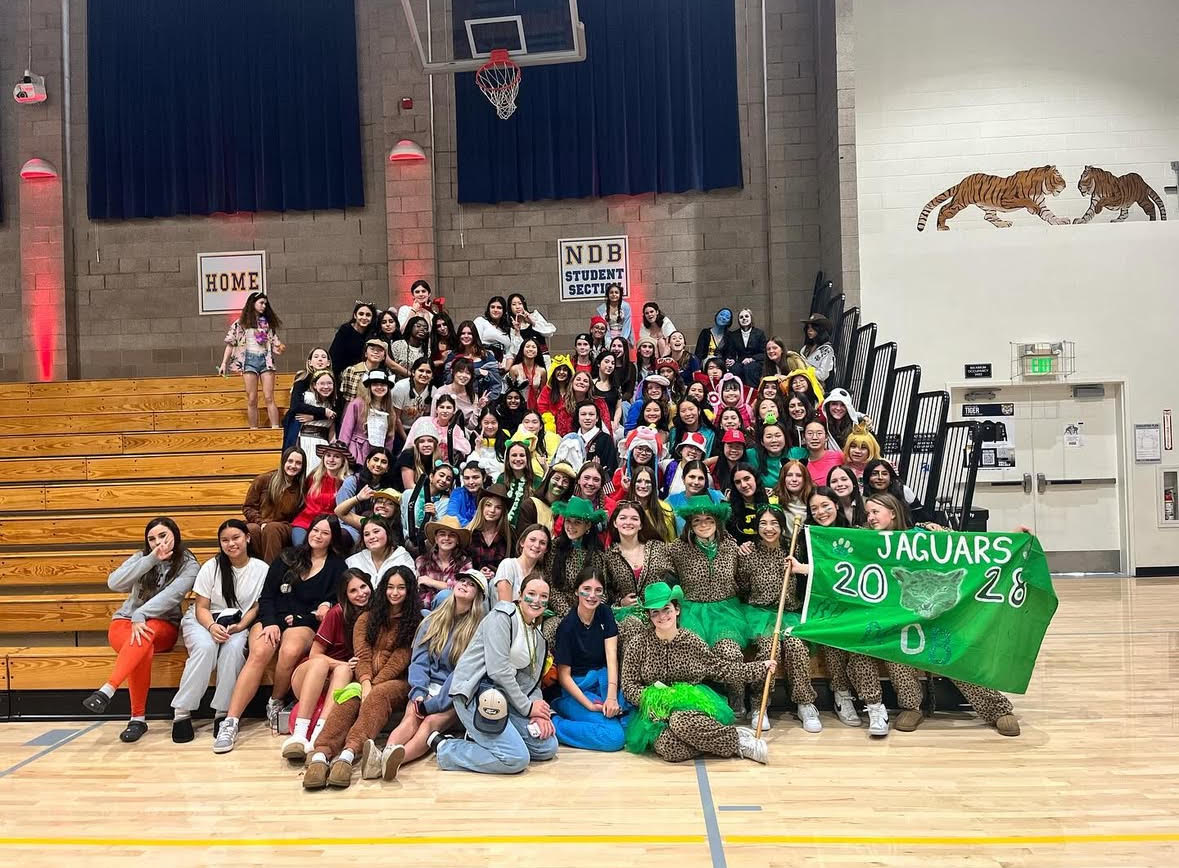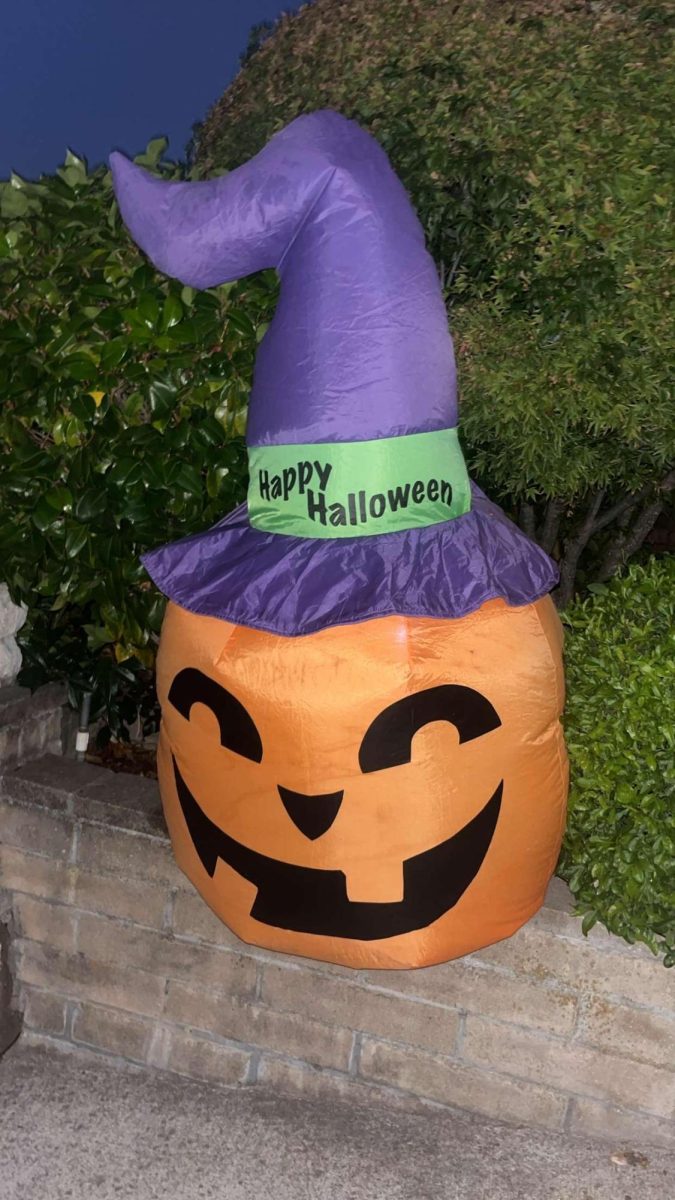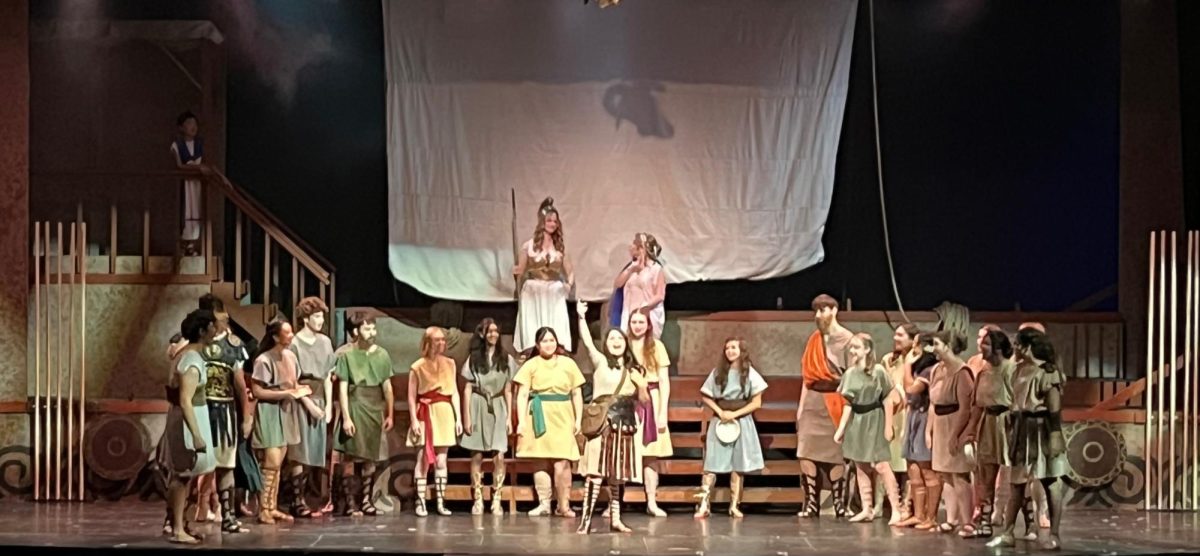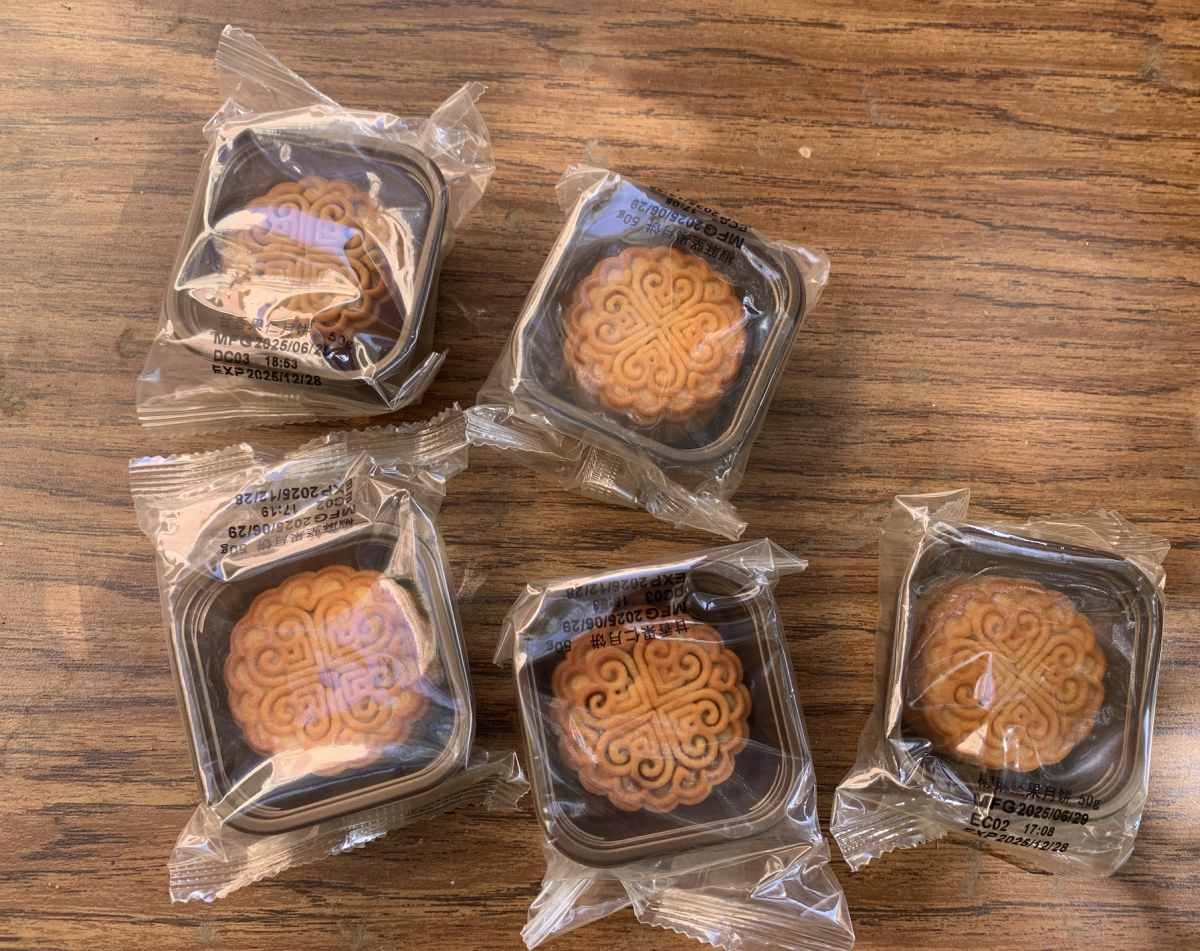“I think that we’re all mentally ill; those of us outside the asylums only hide it a little better.” These words are attributed to Stephen King in his essay “Why We Crave Horror Movies.” They capture a strange truth about the genre’s appeal: despite fear, tension and occasional disgust, millions of people willingly choose to be scared.
From timeless slashers to contemporary thrillers, horror films have enthralled viewers for decades. As Halloween approaches, many are asking: Why do we enjoy being scared?
Psychologists suggest that humans are naturally drawn to fear because it engages both emotional and biological responses in the brain.
This natural human reaction is attributed to our limbic system, which activates a fight-or-flight reaction, releasing stress hormones followed by adrenaline and endorphins, heightening focus and excitement. Horror movies tap into this process, creating a pleasurable, almost addictive experience that keeps viewers engaged through bursts of intense emotion.
NDB English teacher Robert Rojas compares the feeling to that of a competitive athlete, stating, “There is some chemical reaction that we don’t necessarily access most of the time. When we play sports, we get an adrenaline rush because, like, it’s the idea of winning and success…like scoring a goal…I think that there’s a very similar bodily response there…it’s the idea of winning.”
Rojas continued, “It’s the idea of putting your body through a challenge, like running away, or running up the stairs or jumping out a window. So these complex actions in sports translate to these complex actions in survival, even in a scary movie.”
The instinctual attraction towards this intensity is what has kept audiences captivated by violent, grotesque or even deeply disturbing scenes in popular horror films.
For some, horror provides a sense of catharsis. Experiencing fear in a controlled setting can help people process stress or anxiety, turning the thrill into a form of emotional release. It allows viewers to confront intense feelings without real danger, often leaving them feeling relieved or even empowered afterward.
Filmmakers also play a critical role in determining the emotional response to horror movies. With elements such as lighting and camera angles, they guide how their viewers respond to terror.
Senior Lecturer in the Art & Art History Department at Stanford, Adam Tobin, who teaches screenwriting, explained that filmmakers rely on suspense to manipulate audience expectations.
“Suspense is kind of fundamental to movies, to all movies, but that sense of the audience hoping for something and then fearing something… and then something else comes in that surprises them… all of that is about setting expectations and then surprisingly upending those expectations,” described Tobin.
As a genre, horror also continuously evolves, frequently mirroring the fears and worries that exist in society and for individuals.
“I think any horror movie can be constructed along any thematic line, which is to say that a horror movie can make its comment about society, individually, even within the genre,” stated Tobin. “A movie like ‘Get Out’ makes one commentary, whereas a franchise like ‘The Purge’ is going to make a very different commentary. So rather than the genre dictating what the filmmakers say, I think the genre is a vehicle for individual filmmakers’ statements.”
These parallels are especially evident within modern cinematography. Modern horror movies often incorporate elements of the digital world; “Drop,” “M3GAN,” and “Companion” are prime examples of films that capture a fear of technological advancement and the dangers of the web. Incorporations of contemporary issues and digital features assist in addressing the fears people face in their everyday lives, making the horror feel more immediate and relatable.
These elements all demonstrate why horror is more than just gore and jump scares. The genre combines science, psychology and storytelling to create an experience that grips viewers like few other movies can.

